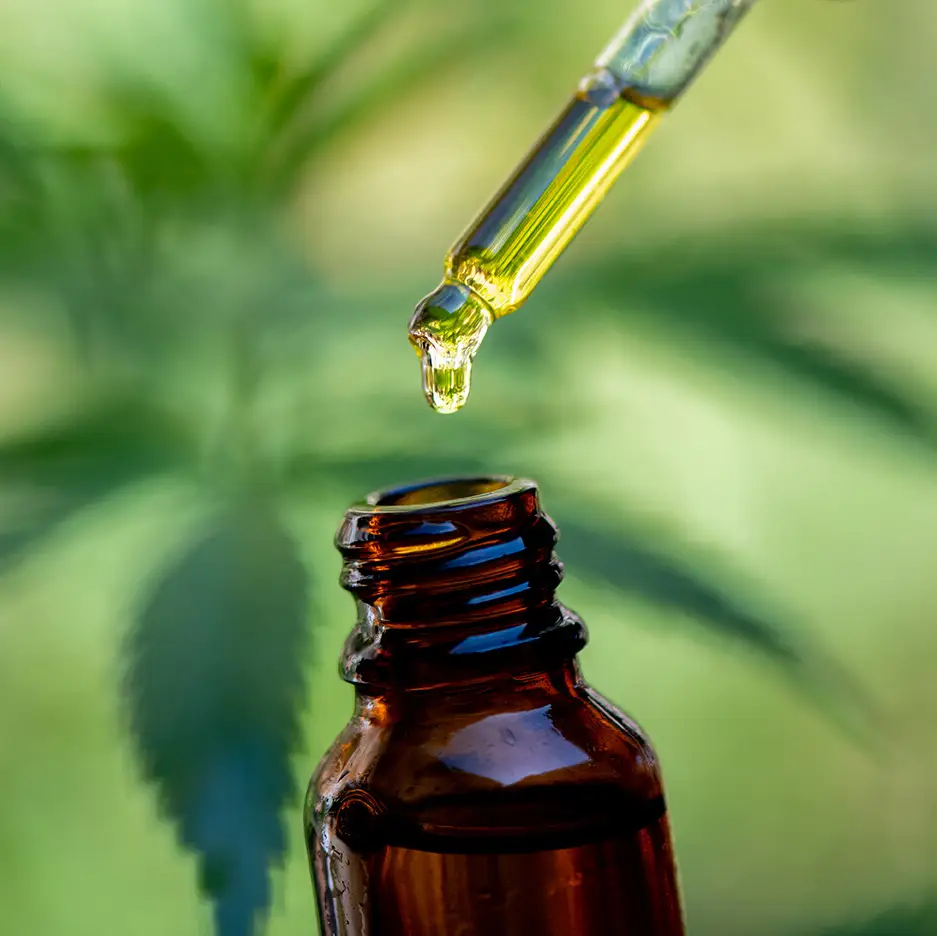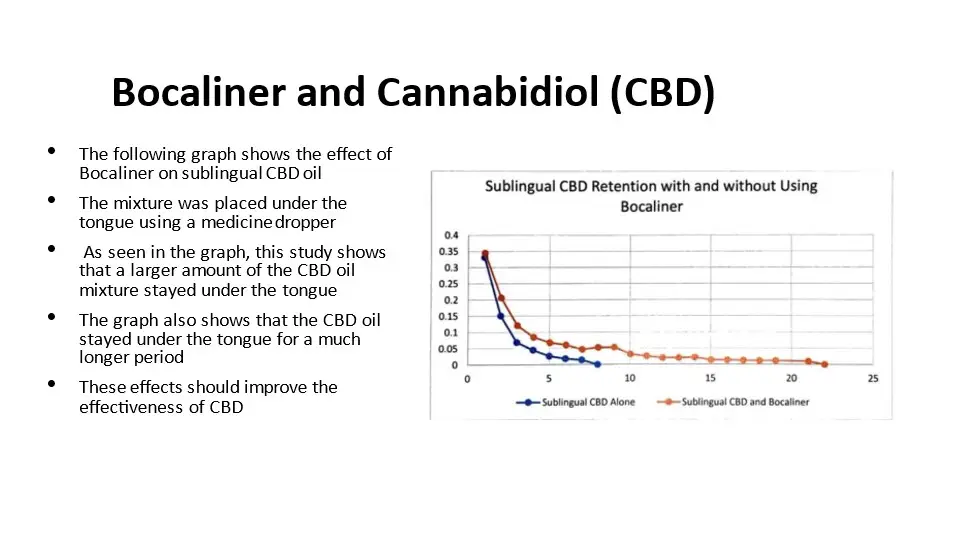For Patients
CBD and other Cannabinoids
The Potential
of CBD and Other Cannabinoids
CBD has been suggested as an alternative treatment for a variety of medical conditions.
These include insomnia, anxiety, and pain.
CBD and other cannabinoids have been studied for a variety of conditions including autoimmune diseases.

Some Suggested Uses of CBD
From chronic pain to the burdens of depression and anxiety, CBD has emerged as a beacon of hope in the clinical world. Below is a list of conditions that may be treatable with CBD.
Chronic Pain
Depression
Crohn’s Disease
Rheumatoid Arthritis
Anxiety
Epilepsy
Nausea / Vomiting
Insomnia
Multiple Sclerosis
Essential Tremors
Revolutionizing CBD Absorption:
Bocaliner has been designed to enhance the efficacy of CBD
Our groundbreaking research has shown that Bocaliner significantly prolongs the time CBD stays in your mouth, boosting its concentration under the tongue. This means that more absorption of CBD should occur because a larger amount of CBD stays under the tongue, where absorption takes place. Bocaliner gives the CBD a better chance to be absorbed because it stays at the absorbing site for a longer time.
The graphs below showcase the impact of Bocaliner on sublingual CBD absorption. CBD lingers longer, at higher concentrations, within the confines of your mouth.


